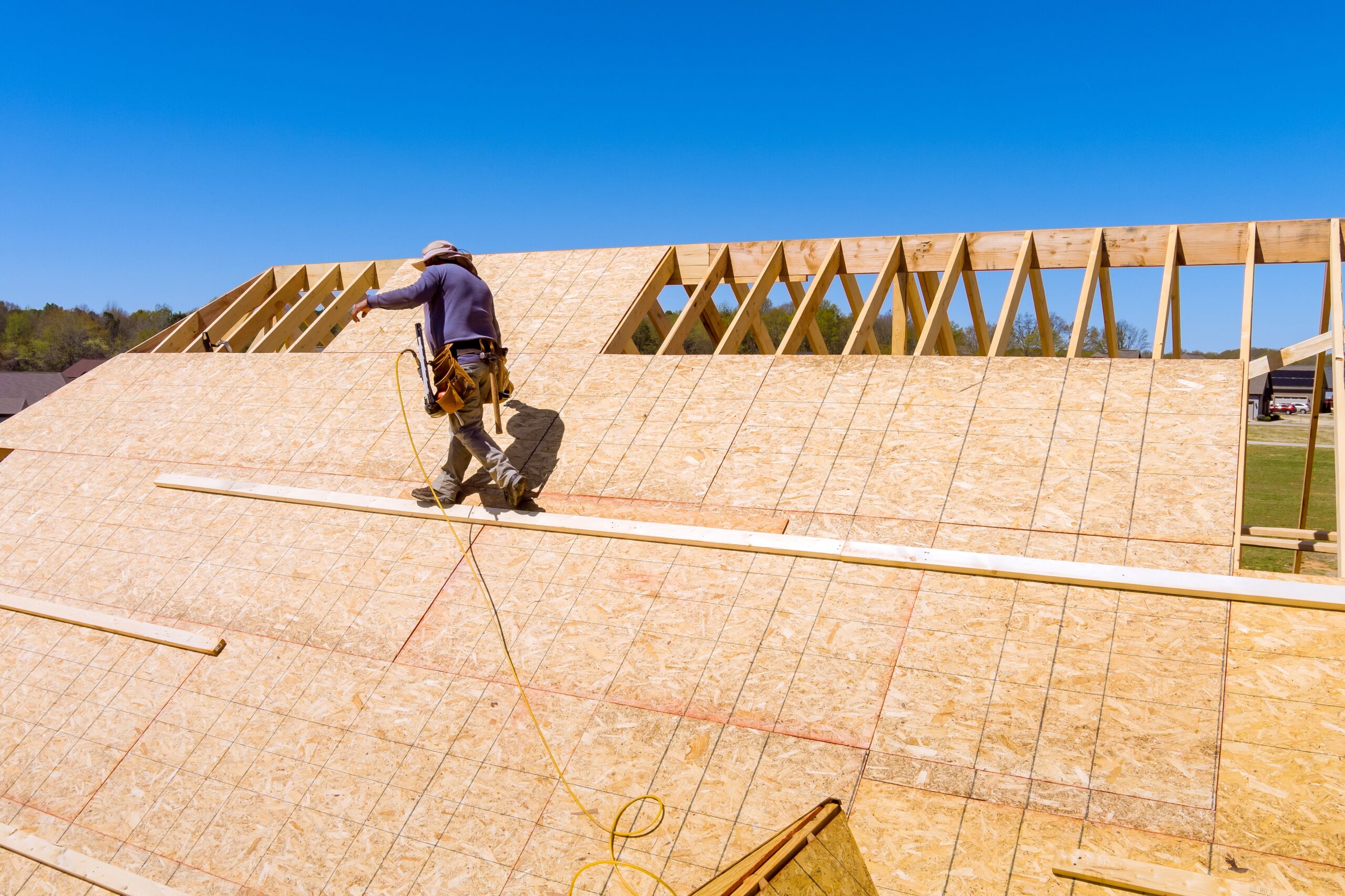Replacing the roof of your home is a major investment that requires careful consideration and planning. To make the most informed decision, it’s essential to understand the factors affecting the project, such as materials, labor, and other hidden expenses. In this article, we’ll explore the ins and outs of replacing a roof, including essential aspects you should consider before undertaking the project. Keep reading to learn more.
Assessing the Need for a Roof Replacement

Before making the decision to replace your roof, it’s crucial to carefully assess the current condition of your current roof. This process involves inspecting the roof for signs of damage, such as loose or missing shingles, algae or moss growth, and sagging or drooping areas. Additionally, check the roof’s age, as most asphalt shingle roofs have a lifespan of 20 to 30 years. If your roof is reaching the end of its expected lifespan or showing signs of deterioration, it’s time to start considering a replacement.
It’s also essential to evaluate the surrounding environment, including nearby trees and weather patterns, as these factors can impact the longevity and performance of your roof. If your area is prone to severe weather conditions such as snowstorms or heavy rainfall, you may require a more durable roofing option to withstand the elements.
Understanding Roof Replacement Costs
One of the most critical aspects of planning a roof replacement is understanding the costs involved. The total cost for a roofing project depends on various factors such as size, pitch, complexity of your roof, materials chosen, and installation labor rates. In general, the steeper or more complex the roof, the more expensive the replacement will be due to increased labor and material requirements, higher installation risks, and the need for specialized equipment.
The choice of roofing material is another factor that influences the roof replacement cost Massachusetts. Asphalt shingles are typically the most cost-effective option, followed by wood shakes, metal, and slate. The durability and lifespan of each material vary, so it’s essential to weigh longevity and maintenance costs against initial expenses when selecting a roofing material.
Additionally, costs can be influenced by numerous hidden factors, such as the price of permits, disposal fees for your old roofing material, and any necessary repairs or reinforcements to the underlying structure. Be sure to account for these expenses in your roofing budget to avoid unexpected surprises.
Selecting a Roofing Contractor
Choosing the right roofing contractor is paramount to ensuring a successful roof replacement. It’s essential to research local contractors, read reviews and testimonials, and request multiple quotes to compare pricing and services. Look for contractors who are licensed, insured, and have a proven track record of quality workmanship and customer satisfaction.
Once you’ve narrowed your choices, schedule consultations to discuss project specifics and address any concerns you may have. A reputable contractor should provide a detailed estimate, including anticipated timelines and a breakdown of costs for materials and labor. Be sure to ask about warranties, both for the materials used and the contractor’s workmanship, as these guarantees can provide peace of mind and protect your investment.
Finally, remember that the cheapest quote isn’t always the best choice. Consider the contractor’s track record, quality of materials, and communication skills when making your decision. A higher upfront investment can pay off in the long run by delivering a more durable roof and a smooth, worry-free replacement process.
Maintaining Your New Roof

Once your new roof is in place, it’s essential to protect your investment with regular maintenance and upkeep. Schedule periodic inspections, particularly after extreme weather events, to identify and address any early signs of damage or wear.
Clean gutters and downspouts regularly to prevent water damage and ensure proper drainage. Keep nearby trees and vegetation trimmed back to minimize debris accumulation and reduce the likelihood of damage from falling branches. Additionally, consider investing in a professional roof cleaning service every few years to remove algae, mildew, or moss buildup that can degrade roofing materials over time.
Establishing a preventative maintenance routine will not only extend the lifespan of your new roof but also help maintain its appearance, energy efficiency, and performance for years to come.
Overall, a roof replacement is a significant investment in the safety, comfort, and value of your home. Carefully considering the factors discussed in this article will ensure a successful project and a long-lasting roof that meets your needs and expectations.


